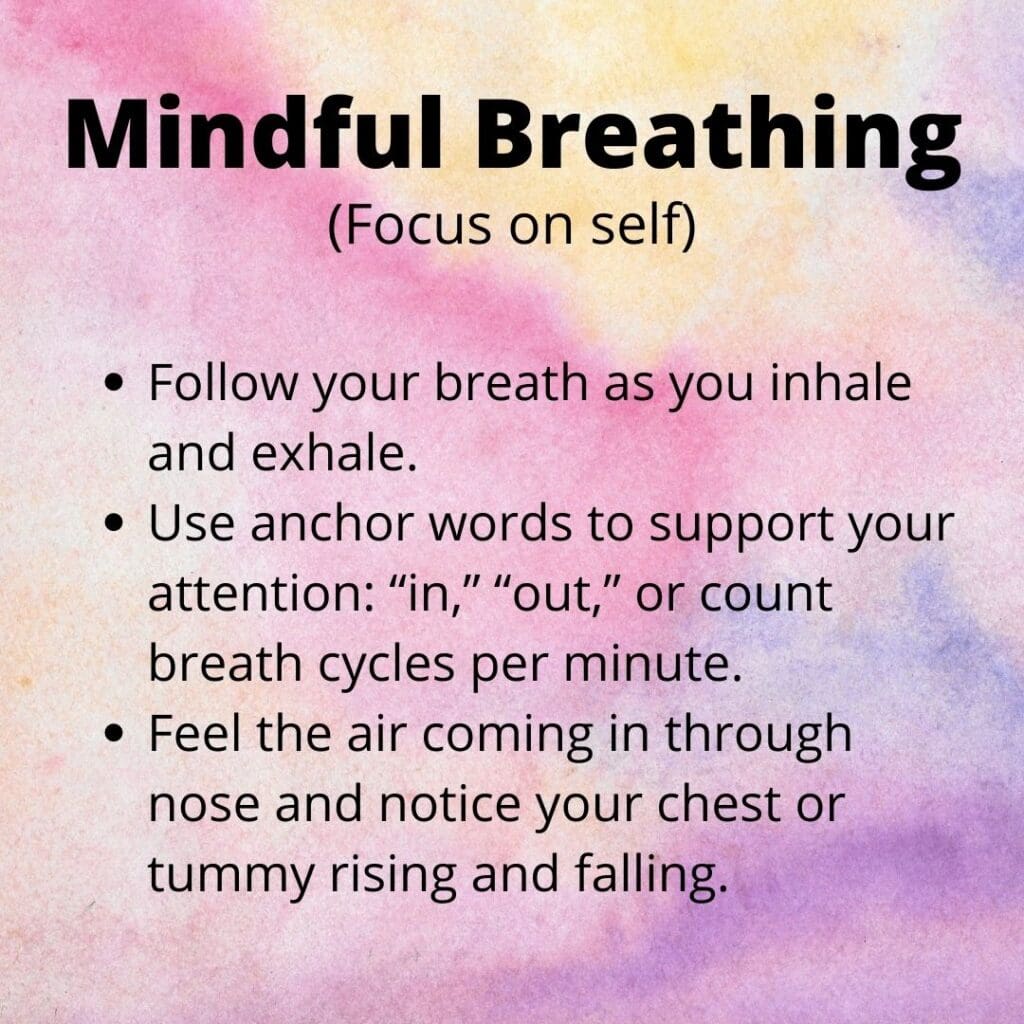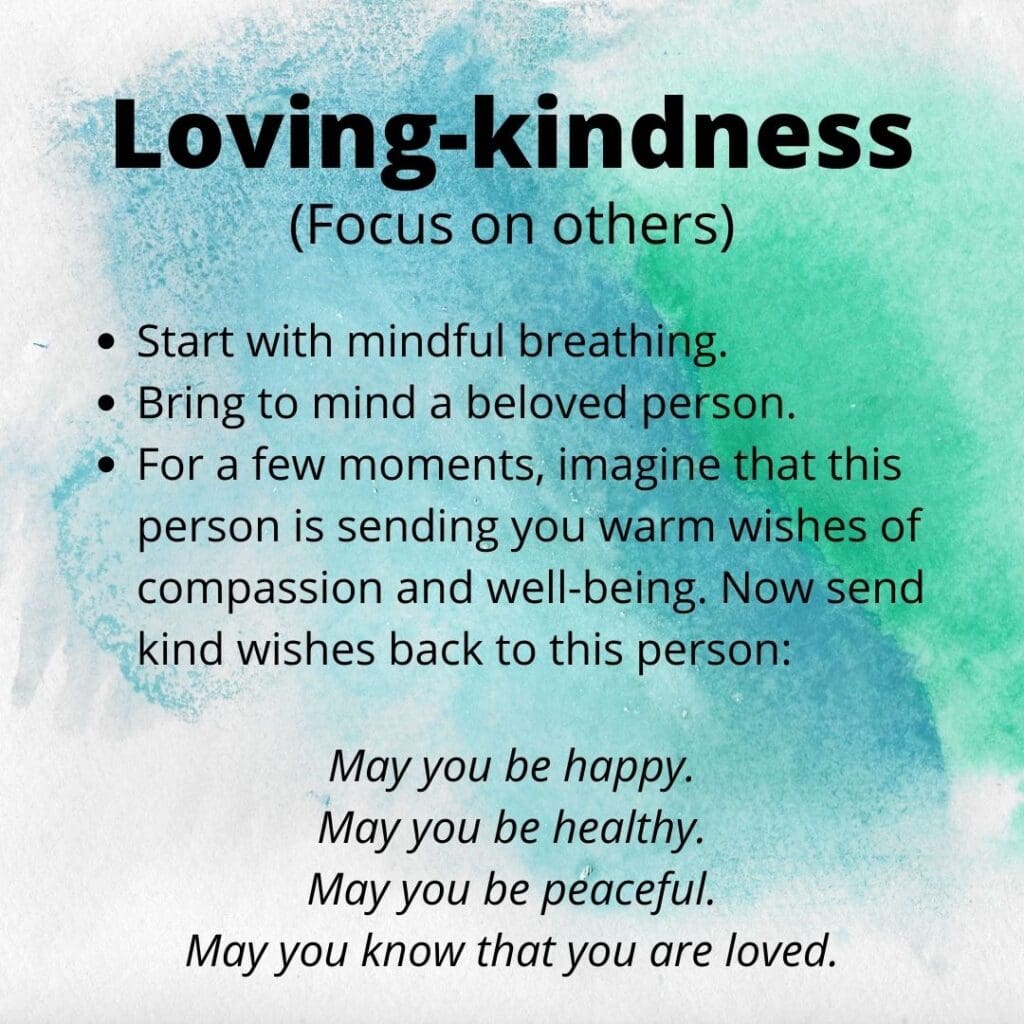Wayne “Dr. B” Benenson, Ph.D.
Mindfulness is a superpower where you intentionally focus your attention instead of having it tossed about by racing thoughts or runaway emotions. It also allows you to choose your mindset and shift how you relate to an experience with more calmness and kindness.
Through repeated practice, your brain gets rewired to be more responsive rather than reactive to the stressors in your life. Scientists call this neuroplasticity, the process of tuning and pruning dendrites in your brain to make room for more learning.
The key, of course, comes through repeated practice. Meditation is that practice and mindfulness is the result. You can be the master of your own mind through mindfulness meditation.
To meditate is a paradoxical thing, It is an exercise in not doing. Your brain and nervous system are designed to react quickly – the fight, flight, freeze response – rather than to respond thoughtfully, and to hear your inner critic without getting triggered.
Mindfulness meditation can train the mind and body to notice shifts of awareness: from being on autopilot, distracted, worried about the past or future to being alert, open and tuned into the present. How? By returning, again and again, to the present moment.
Focusing and refocusing our mind and our body, again and again, brings unique challenges whether we are beginners at meditation or we’re taking our meditation to a new level or we are seasoned meditators. Note the markers in each stage that reinforce a mindset of being open, receptive, and compassionate to our unique experiences.
At the beginning
Those who practice meditation usually begin for one (or both) of two reasons: we’re in pain or experiencing difficulty, or we want to perform better. Initially, meditation can put you in touch with what’s going on in your mind.
Remember, it’s OK to be just who you are, to show up just as is; it’s OK to find some relief from the harsh critic in our head. This is called Beginner’s Mind, as if we are seeing things for the first time with openness, acceptance and curiosity. Seeing with fresh eyes can bring back a sense of wonder and invite moments of gratitude and joy to our life. Adopting a beginner’s mind – setting aside perceptions and assumptions and starting again with a clean slate, offers a fresh way forward.
The temptation at the beginning is to try too hard, to do it right or to just give up. Uh, uh. Stop striving. Simply notice how the quiet has affected the body and mind. Can we laugh at ourself over how hard it is to just be here? Another option: smile at the self-blame and come back to the breath. We can be kind to ourself. It’s no big deal.
Next steps
Developing a regular meditation practice (sitting or standing or walking) presents the challenge of settling down. If beginning meditation helps us to know ourself better, then as we keep going we can spend some serious time with ourself. We might encounter boredom, emotional upheavals or long-term problems that aren’t easily solved – like the pain of a dysfunctional family member or when money is tight. Regular practice brings calm and clarity. Over time we can recognize our motivations and intentions and even smile more at our challenges. Resilience happens.
Further on
At some point, usually by accident, we realize that we have learned how to befriend that which bothers us. A self-improvement mentality shifts to a growth mindset mentality, i.e. from bringing mindfulness practice into our life to bringing our life into mindfulness practice.
Once we’ve tasted the fruits of spaciousness and equanimity in our own mind we can truly experience the groove of personal peace of mind. This puts us in a better position to become more inquisitive about others. Without even trying we listen to others in a way so they can speak from their inner life. It’s not what we say or don’t say but how present we can be with others.
Mindful meditation doesn’t try to stop thoughts or change what is out of focus. It simply means to pay attention to what’s happening in our mind. Whenever we get distracted by restless thoughts – the so called monkey mind – we just return our awareness to our primary attention (the breath or an image or a body sensation). Again and again and again.
Homework
Whenever you catch your mind wandering, redirect your attention. Here are two starter meditations:


Dr. B, aka Wayne Benenson, Ph.D., has had lots of career opportunities to be mindful: as an elementary and early childhood teacher, a college professor and a researcher on peer mediation. He currently offers mindfulness tutorials, short and sweet (20 minutes), via Zoom. For more information check out his Facebook page at or contact him here.




